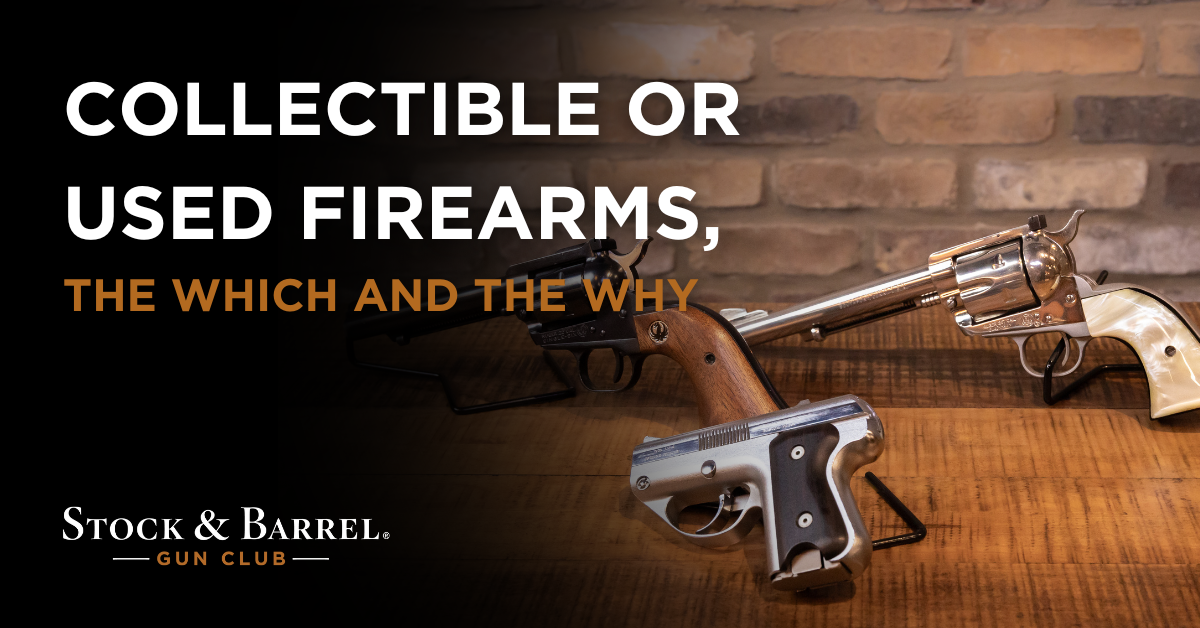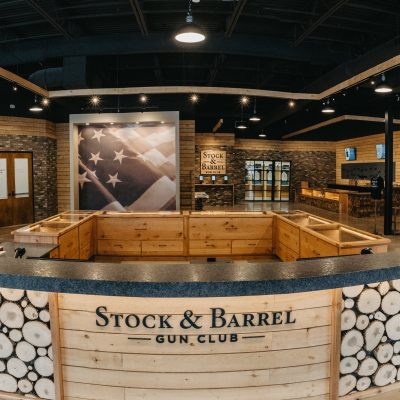The parallels between anything collectible designed to be used are almost universally true. When it comes to cars, watches, knives, and sunglasses, all of these things have basic tenants that hold with firearms as well. Due to the nature of firearms being more regulated and, by design, weapons, a few differences also set them apart. The real question here is how one makes an informed decision, which doesn’t always equate to a purchase.
Let’s start with the simpler of the two topics, collectible firearms. Many would think this is the more complex of the two categories, yet it’s relatively straightforward. Collectible firearms fall into two major categories, specific models, also known as clones, that have been used in conflicts around the world and ones that might’ve also been used in conflicts that come with provenance. Clones are either majority or perfectly copied piece-by-piece to the firearms utilized in war typically. These have become popular on a broader scale thanks to the Global War on Terror. Most cloned firearms were issued on smaller scales to highly specialized military units in a few different branches. A good example that most will recognize is what’s known colloquially as a “Gordy” build. This is a clone of the rifle used in the Battle of Mogadishu, commonly referred to as Blackhawk Down, from which the movie also draws its name. It was a customized Colt rifle that has been painstakingly recreated by many enthusiasts for historical purposes and enjoyment. What makes this collectible is the rarity of many components due to them not having been made in decades and from the demand from these cloners.
Next, we have firearms with documented history, also known as provenance. These are commonly pre-Gulf War; the most rare and sought-after examples are from the American West. These firearms often take you into a cost bracket closer to mortgaging a home. What makes them so unique is despite their condition often having degraded due to time and usage, they come with historical documents backing their lineage. Some of the most expensive examples are George Washington’s Saddle Pistols and the .44 Smith & Wesson that killed Jesse James. If you’re seeking firearms with this type of provenance, you’ll want to be sure to vet that information thoroughly beforehand. These weapons are in a league of their own, with a price to match.
Coming back down to Earth from prices that will make your eyes water, how does one know the condition of a basic used firearm? In this case, we’ll cover handguns and touch lightly on rifles. Wear on high-contact areas is one of the first things to look for on a used pistol. A good example is the barrel’s hood, or where the barrel meets the slide when the chamber is closed (slide forward). The spot where the hood and slide lock-up is a high wear point, and it’s easy to tell on any semi-automatic handgun’s relative usage. Next, a simple one is to check the sights. Make sure the sights are correctly aligned, if they’re iron sights, or if it’s a red dot system, to ensure that the system has been installed correctly. In the case of a red dot system, ensuring there’s little to no space under the optic and between the slide is essential. The optic should not be canted forward or backward. It should be level with the top of the slide. Lastly, take a look inside the grip where magazines are inserted. Handguns that have been reloaded many times will show wear marks where the magazine rubs on the inside of the grip, and where the top of the magazine often scrapes on its way in. Lastly, look again at the firearm’s finish on those high wear points. Typically, the muzzle end of the slide sees a lot of contact both in a holster and in shooting. The overall finish wear is a good indicator of usage or lack of it.
For rifles, you’ll want to think of the same things. With bolt action rifles, you want to look at where the bolt rides inside the action to check for wear and on the bolt itself. Look at the barrel’s crown to ensure it’s concentric and not heavily worn. When it comes to a semi-automatic rifle like an AR-15 or AR-10, you’re looking for noticeable wear on the bolt carrier group where it rides in the upper receiver, on the bolt itself (specifically the bolt lugs), and wear on the charging handle can be a good indicator of heavy usage. Lastly, due to how it affects accuracy on any rifle platform, look at the barrel’s crown to ensure it’s concentric and not heavily worn.
Used firearms are nothing to be afraid of in terms of quality or reliability as long as you know what to look for. Some great police trade-ins will commonly come into shops, and every once in a while, you’ll find a gem in those batches. The best ones to look for, though, are those showing minor wear that were traded in by someone looking to purchase something else. Firearms hold their value well if unused, and some will buy them solely to use them as valuable commodities in the future. Others will purchase new firearms hedging that they will become desirable or collectible in the future for various reasons. Typically, like anything else collectible, the more rare the firearm, the more likely it is to become desirable in the future at a profit. The specialty staff of The Vault is there to facilitate your needs. We not only provide a wealth of knowledge and background, but we are here to guide you through the process, whether pre-owned or collectible firearms. Stop in to see what we have available and ask some questions. You’re guaranteed to learn something!
OTHER BLOGS YOU WILL FIND OF INTEREST:
CLASSES YOU MAY BE INTERESTED IN:
- Modern Handgun Maintenance in Chanhassen or Eagan
- Clearing Handgun Malfunctions in Chanhassen or Eagan
- AR15 Maintenance in Chanhassen or Eagan





